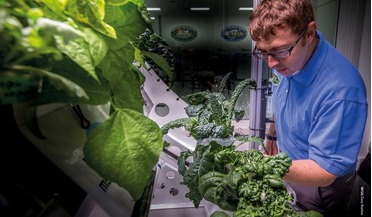 February 2023
How to grow plants in a spacecraft
February 2023
How to grow plants in a spacecraft
... hormone, or PTH, but it requires regular injections and has a very short shelf life, which is problematic for long spaceflights. Therefore, a transgenic lettuce that produces PTH was engineered. Designing plants able to grow in space and be of use...
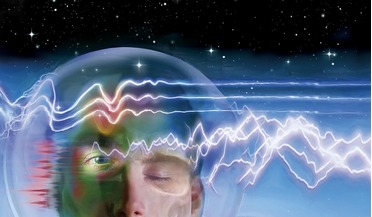 April 2020
Protecting against the dangers of space radiation
April 2020
Protecting against the dangers of space radiation
...many of these relate to human health - the longer the duration of a mission, the more impact on the body’s physiology...astronaut health and, specifically, immune system issues after long spaceflights. We are also looking at radiation susceptibility in ...
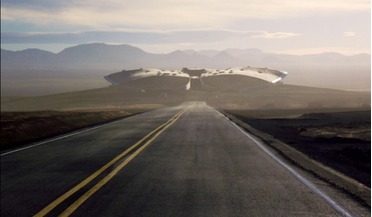 August 2016
Exploring the problems of criminal justice in space
August 2016
Exploring the problems of criminal justice in space
...to Earth poses little in the way of difficulty. Should a serious crime be committed on a long duration spaceflight, the approach suggested by the draft convention on manned spaceflight would provide more effective protection both for the crew and the...
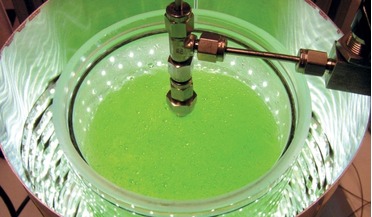 July 2018
Using algae to support astronauts on deep space missions
July 2018
Using algae to support astronauts on deep space missions
... dioxide from humans, experiences an anomaly about every 90 days. Risks associated with elevated carbon dioxide levels on a long-duration spaceflight do not need to be pointed out but the side-effects would most likely intoxicate crew members leading...
 May 2019
Cold comfort for astronauts
May 2019
Cold comfort for astronauts
... investigation examines the role of synchronized circadian rhythms, or the ‘biological clock,’ and how it changes during long-duration spaceflight. Adopting a new paradigm along this line requires a top-down approach, that makes higher level needs...
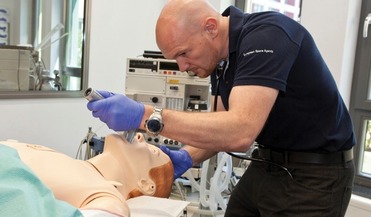 November 2016
Emergency dental treatment on way to Mars
November 2016
Emergency dental treatment on way to Mars
... members. Thus, it is anticipated that dental emergencies will occur during long-duration missions to the Moon, asteroids and Mars. In stark contrast to Earth orbital spaceflight, such deep space missions will not allow easy repatriation of a sick...